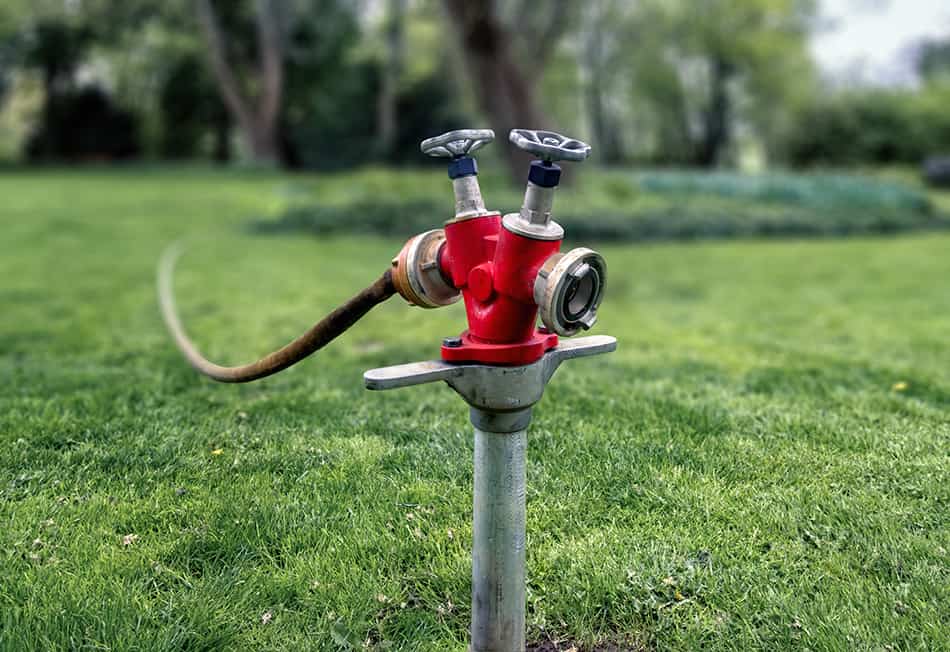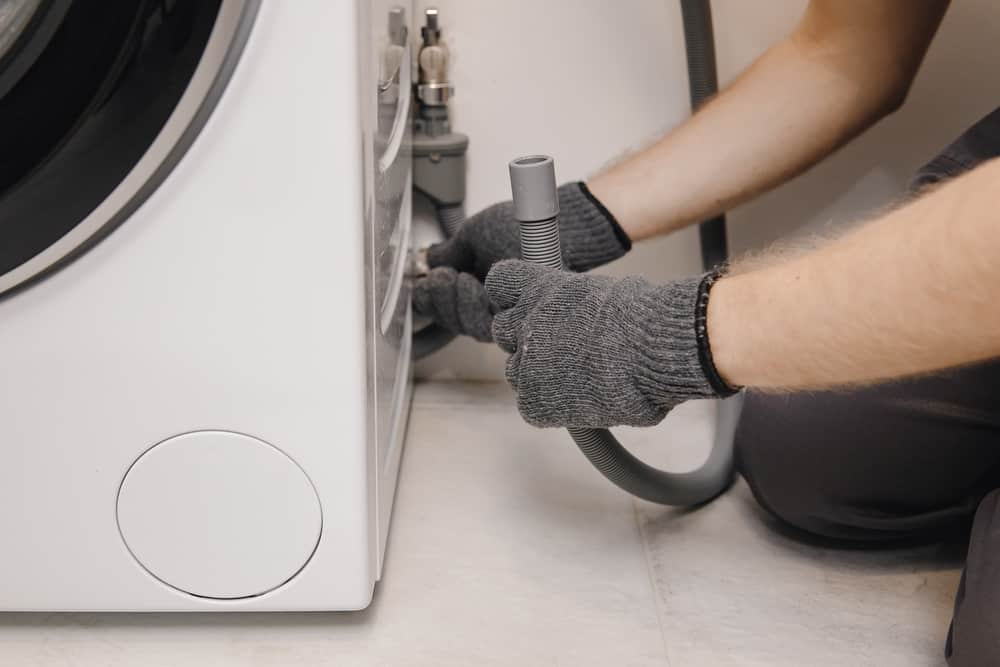Drain pipe auger (or plumbing snake) is an economical and effective tool that can unclog clogged drains. It’s an economical alternative to calling a plumber.
It consists of a long cable that inserts into your drain line to clear away clogs like hair or soap scum buildup. Available in manual and power models.
Preparation
No matter if your sink or toilet are clogged, a drain pipe auger is an invaluable tool that can get the job done quickly and efficiently. But before you use one, be sure to know how to use it correctly so you don’t damage anything while doing so.
The initial step in any job is to prepare the workspace. This involves making sure there are no standing water or hazardous spills on the floor, and having rubber gloves and a trash bag ready for disposal of debris.
Next, insert the end of the snake into the drain pipe and turn the handle to spin the cable inside it. As it spins, it dislodges clogs as it moves downhill; additionally, it snags and corkscrews obstructions so you can easily pull them out by hand.
If the pipe has a tight bend, it may take several turns to get the snake down to the clog. If this occurs, crank the handle a few more times to increase pressure on the wire and try again.
Once you find the clog, rotate the auger through it. Alternatively, wiggle the wire to loosen the clog and then pull it out of the pipe.
Once the clog has been cleared from your pipe, rinse it down with water and flush to eliminate any remaining debris. Doing this makes future cleaning of the drain much simpler.
When using a drain pipe auger, be mindful not to force it onto either the pipe walls or toilet bowl walls. Doing so could damage pipes and result in costly repairs.
When dealing with clogs in your drains, you have two options: a hand auger or power auger. Power tools tend to come equipped with motors which enable them to spin the cable faster and more efficiently – especially for larger pipes.
Inserting the Auger
If your drain is clogged, using a drain pipe auger is the ideal solution to solve the problem. These tools are effective in clearing out many obstructions and can be utilized in many different settings.
These augers come in various sizes, so you can pick the one that best meets your requirements. Smaller models can handle a few inches of drain while larger models have the capacity to dig up to 18 inches across.
Before using a drain auger, insert it into the trap arm (the pipe leading to the wall). Do this slowly so as not to damage any pipes.
First, rotate the auger handle to move it through a clog. Start at lowest speed possible and gradually increase speed until you break up the clog thoroughly. Once you reach it, stop rotating until it can be broken up thoroughly.
Before inserting the auger, be sure to wear protective clothing and rubber gloves. Doing this will help avoid getting any clogged debris into your eyes or nose.
Drain augers are typically constructed of a strong cable with a corkscrew end that fits through the drain and dislodges any hair or debris it comes across. Once it breaks up the clog, it coils around it and pulls it up out of the hole.
Plumbing snakes come in two main varieties to loosen stubborn clogs: cable auger and closet auger. Each requires slightly different steps for operation.
With a cable auger, you insert the coiled end of the snake into the drain and crank it to unfurl it. You may also use a closet auger which houses the snake inside a shaft with an angled tip designed to fit through toilet traps.
For tougher clogs, you may need to switch from a cable auger to a power auger. A power auger has an electric motor that spins the bit faster and easier, making it ideal for getting through obstructions.
Power augers are more complex than manual snakes, so they require some training to use correctly. To begin, loosen the screw that holds the cable to its housing and insert it into a drain pipe. You can then turn either manual crank or power motor on to push the line further downhill. You may experience resistance due to bends or clogs in the line; therefore, tightening the screw as you go will help minimize noise and improve efficiency.
Uncoiling the Auger
Drain pipe augers are tools that can break up clogs in pipes and remove them. Unlike plungers, these augers don’t push down on the obstruction; rather, they snake their way into the drain and twist away at it to loosen it.
Different types of drain pipe augers exist, such as toilet augers, small drum augers and extra-long ones. They can be employed to unclog drains in indoor pipes or outdoor drainage systems.
Some of these augers can also be used to clear garbage disposals. Unfortunately, they aren’t the most effective tools for clearing clogs from these systems, so it is best to first try using a plunger or other suitable tool.
To uncoil an auger, you will need to rotate its handle until it spins and begins moving its head. When this occurs, control of the auger may become difficult; so maintain steady push and pull motions. If you hear scraping noises when pushing too hard, this may indicate that you should reposition your tool for better efficiency.
Once the auger is pointed into the drain, begin uncoiling it by rotating its handle. The more you twist and turn, the farther down the clog will go. Continue until there is no resistance left or you can easily pull it out of the pipe.
Never force an auger into a clog or pipe, as this could damage both the drain and sewer line. After you have cleared out the obstruction, flush with water to confirm its clearance.
When replacing a drain pipe auger cable, be sure to get one that is the appropriate length for your clogged drain. This will enable you to unclog the pipe more effectively and guarantee that it won’t become blocked again in the future.
When purchasing a new cable, be sure to apply wire sealant such as Snakeoil at the end of it. This will protect the wire and keep it from rusting, helping extend its life and enable your auger to work effectively once more.
Unblocking the Drain
A drain pipe auger is a useful tool that can unclog slow-draining or clogged drains. Not only does it save you money on unnecessary plumber calls, but it may also save your plumbing business time from having to make costly repairs.
When selecting a drain snake or auger, there are plenty of options to choose from. These devices can help unclog toilets, sinks, shower drains and tub drains alike.
A drain auger, unlike a plunger, is more effective at breaking up more stubborn obstructions. This is because its coiled cable design allows it to be spun inside the pipe and work its way into whatever is causing the blockage.
Plunging a drain with a plunger is similar to using an auger, but the latter works deeper into the pipe to dislodge solid objects like tree roots or hair and soap scum buildup. While this may take more time than plunging alone, using an auger often clears out clogs faster.
First, insert the head of a drain auger into either your drain (if you didn’t remove the trap) or an access point on your wall. Be gentle as this could damage either the entrance to or pipe of your drain; instead, use patience and make sure the head and cable aren’t too long for whatever drain needs snaked.
Once the cable is fed into the drain, slowly turn it as you twist the handle. Continue cranking until you catch onto what is clogging it; then pull both cable and obstruction out at once.
Once the clog has been cleared, pour some water down the drain to make sure everything is gone. If not, repeat with more force and more of the cable.
If the clog persists despite these attempts, consider calling a plumber for assistance. They can use a motorized sewer machine to bore through the obstruction and free your drain pipes of its impurities.


